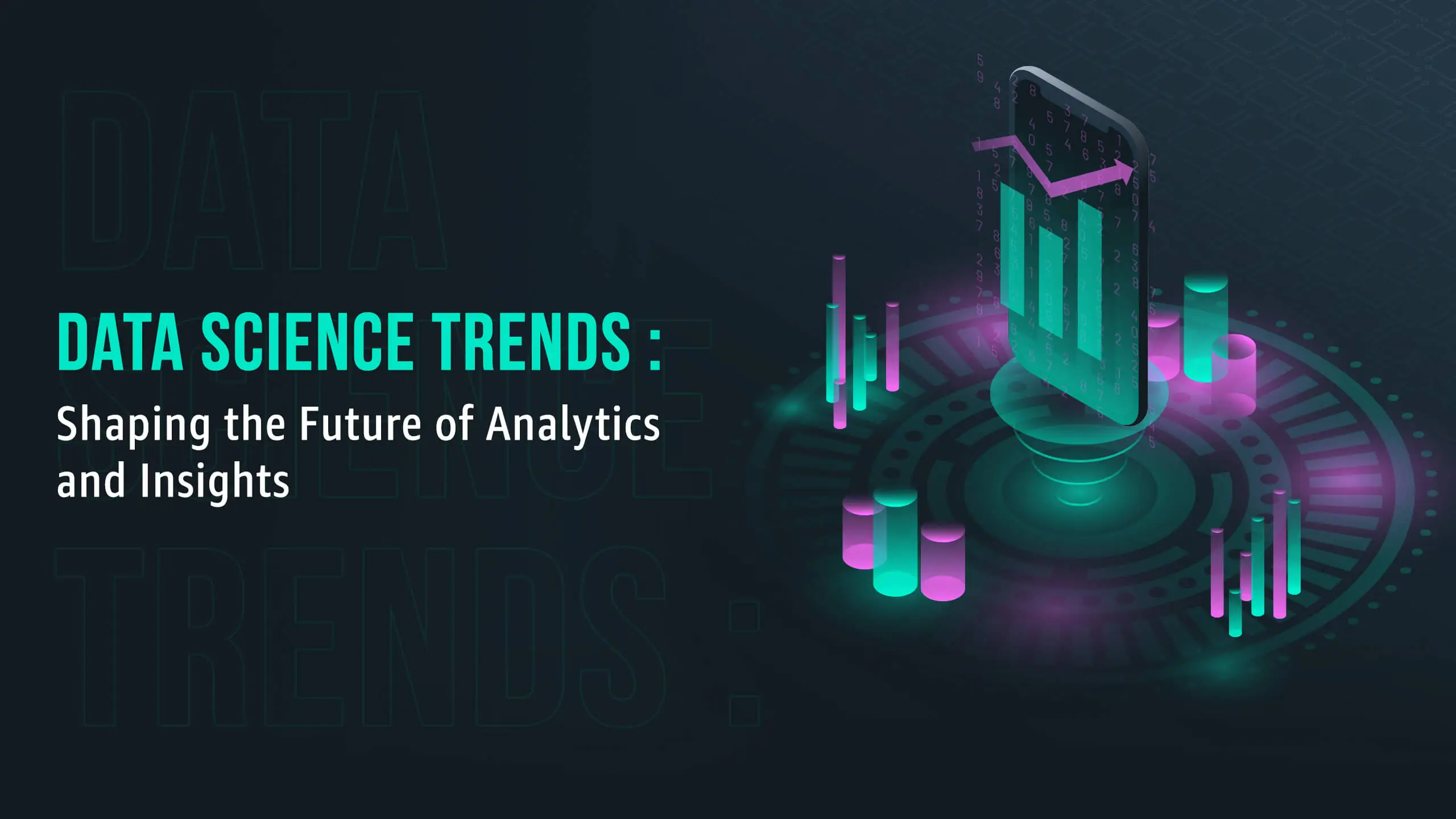In today’s data-driven world, data science is at the forefront of innovation and discovery. As we navigate through 2023, it’s crucial to keep a close eye on the evolving landscape of data science trends. These trends not only influence the way organizations make decisions but also impact various industries, from healthcare to finance, and everything in between. In this article, we’ll delve into the top data science trends that are shaping the future of analytics and insights.
1. Artificial Intelligence (AI) Integration
Artificial Intelligence (AI) continues to dominate the data science landscape. AI-powered algorithms and models are becoming increasingly sophisticated, enabling businesses to extract deeper insights from their data. Machine learning, a subset of AI, is at the forefront of this trend, allowing companies to automate decision-making processes and predict outcomes with remarkable accuracy.
One significant development in AI integration is the rise of explainable AI (XAI). XAI focuses on making AI models more transparent and interpretable, addressing concerns about the “black box” nature of deep learning algorithms. This trend is essential for industries like healthcare and finance, where trust and accountability are paramount.
2. Edge Computing for Data Processing
Edge computing is transforming how data is processed and analyzed. Instead of sending all data to centralized cloud servers, edge devices are equipped to process data locally. This approach reduces latency and improves real-time analytics, making it ideal for applications like IoT (Internet of Things) and autonomous vehicles.
Data scientists are adapting to this trend by developing models and algorithms optimized for edge devices. This shift enables faster decision-making at the device level, reducing the dependence on cloud infrastructure and enhancing the scalability of data-driven applications.
3. Natural Language Processing (NLP) Advancements
Natural Language Processing (NLP) is experiencing remarkable advancements, thanks to breakthroughs in deep learning models like GPT-3 and BERT. NLP is no longer limited to simple chatbots; it’s now being used for sentiment analysis, content generation, and language translation on a grand scale.
In 2023, we can expect NLP to play a more significant role in personalized customer experiences, content curation, and even legal document review. Data scientists are exploring ways to leverage NLP to unlock the value hidden within unstructured text data, bringing new opportunities for businesses to connect with their customers.
4. Ethical AI and Data Privacy
As data collection and analysis become more pervasive, concerns about ethical AI and data privacy are growing. Consumers are demanding transparency and control over their data, leading to increased regulations like GDPR and CCPA. Data scientists must now prioritize ethical considerations throughout the data science lifecycle.
One of the key trends in this space is the development of AI ethics frameworks and tools that help data scientists and organizations ensure that their models and algorithms are fair, unbiased, and compliant with data privacy laws. Ethical AI is not only a legal requirement but also a moral imperative in the data science community.
5. Quantum Computing’s Impact on Data Science
Quantum computing is on the horizon, and its potential impact on data science is profound. Quantum computers have the potential to solve complex problems exponentially faster than classical computers. This could revolutionize optimization problems, cryptography, and simulations that are crucial in data science.
Data scientists are closely monitoring the development of quantum algorithms and hardware. While widespread adoption is still years away, the implications for data-driven industries are immense. Quantum computing could unlock new frontiers in data analysis, allowing for more accurate modeling and faster insights.
6. Automated Machine Learning (AutoML)
Automated Machine Learning (AutoML) is simplifying the data science workflow. It enables non-experts to build and deploy machine learning models with ease. AutoML platforms like Google AutoML and H2O.ai are gaining popularity, democratizing the field and making it accessible to a broader audience.
Data scientists are embracing AutoML as a tool to accelerate model development and deployment. By automating tasks like feature engineering and hyperparameter tuning, data scientists can focus on higher-level tasks, such as problem formulation and model interpretation.
7. Data Science Collaboration Platforms
Collaboration is at the heart of data science, and in 2023, we’re witnessing the rise of specialized collaboration platforms. These platforms provide integrated environments for data scientists, analysts, and domain experts to work together seamlessly.
These platforms enable version control, real-time collaboration, and streamlined workflows, making it easier for teams to collaborate on data projects. Whether working on predictive analytics or building machine learning models, these collaboration tools are enhancing productivity and driving innovation.
In conclusion, the field of data science is evolving rapidly in 2023, with trends such as AI integration, edge computing, NLP advancements, ethical AI, quantum computing, AutoML, and collaboration platforms reshaping the landscape. Staying informed about these trends is crucial for data scientists and businesses alike, as they have the potential to drive innovation, improve decision-making, and unlock new opportunities in various industries. Embracing these trends will undoubtedly shape the future of analytics and insights, making data science more accessible and impactful than ever before.




